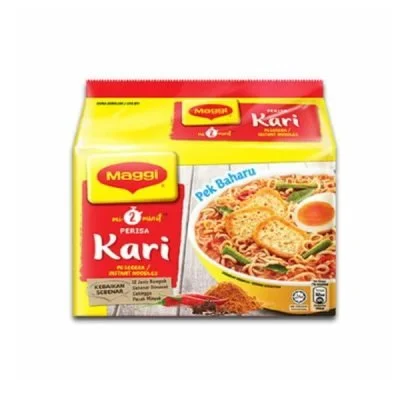Subtotal:
£1.50
Join Our WhatsApp Community and Enjoy Exclusive Benefits!
Click Here
Join Our WhatsApp Community and Enjoy Exclusive Benefits!
Click Here
Join Our WhatsApp Community and Enjoy Exclusive Benefits!
Click Here
HOMEMADE RICH COOKIES He Bakes She Cooks by HBSC Kitchen (2 Packs of 200g) - MY Delivery
£11.20
19 people are viewing this product right now

Who doesn’t love the luxurious aroma of a fresh-baked chocolate chip cookie? You even close your eyes when you take a deep breath of it. Everyone does.
Now imagine the rich sophisticated flavour of an almond butterscotch cookie or even, yes… ginger butterscotch. How decadent must you be!
 He Bakes, She Cooks (HBSC) you will find your new favourite premium cookie. These cookies have been exquisitely made with love and natural ingredients. It’s all about quality!
He Bakes, She Cooks (HBSC) you will find your new favourite premium cookie. These cookies have been exquisitely made with love and natural ingredients. It’s all about quality!
Try it now. Find a new cookie tradition.
No-Drama Ingredients: Premium butter, Chocolate, Chocolate chips, Flour and Eggs.
History Cookie Edition
Cookie-like hard wafers have existed for as long as baking is documented, in part because they deal with travel very well, but they were usually not sweet enough to be considered cookies by modern standards. In many English-speaking countries outside North America, including the United Kingdom, the most common word for a crisp cookie is biscuit. The term cookie is normally used to describe chewier ones. However, in many regions, both terms are used. The container used to store it may be called a cookie jar.
Cookies appear to have their origins in 7th century AD Persia, shortly after the use of sugar became relatively common in the region. They spread to Europe through the Muslim conquest of Spain. By the 14th century, they were common in all levels of society throughout Europe, from royal cuisine to street vendors.
With global travel becoming widespread at that time, cookies made a natural travel companion, a modernized equivalent of the travel cakes used throughout history. One of the most popular early cookies, which travelled especially well and became known on every continent by similar names, was the jumble, a relatively hard cookie made largely from nuts, sweetener, and water.
Cookies came to America through the Dutch in New Amsterdam in the late 1620s. The Dutch word “koekje” was Anglicized to “cookie” or cooky. The earliest reference to cookies in America is in 1703, when “The Dutch in New York provided…’in 1703…at a funeral 800 cookies…'”
The most common modern cookie, given its style by the creaming of butter and sugar, was not common until the 18th century.
Click here to discover other amazing Malaysian products.
| Weight | 0.6 kg |
|---|---|
| Dimensions | 17 × 7 × 24 cm |
| HBSC Cookie Choice 1 | Almond Butterscotch (200g), Ginger Butterscotch (200g), Original Chocolate Chip (200g) |
| HBSC Cookie Choice 2 | Almond Butterscotch (200g), Ginger Butterscotch (200g), Original Chocolate Chip (200g) |
Be the first to review “HOMEMADE RICH COOKIES He Bakes She Cooks by HBSC Kitchen (2 Packs of 200g) - MY Delivery” Cancel reply
This site uses Akismet to reduce spam. Learn how your comment data is processed.
No product has been found!
Related products
People also bought
Our Services

Authentic Malaysian Products
Select from over 700 Halal & Muslim Malaysian Products.
Secure Payment
Safe & Secure Payment
Support 24/7
Whatsapp 24 Hours Day
SPECIAL PRODUCT
Smoked Beef in Spicy Turmeric Curry (180gm) By Lambaian Rizqi Resources - UK Delivery
Rated 0 out of 5
0 Days
0 Hours
0 Minutes
0 Seconds



















Reviews
There are no reviews yet.